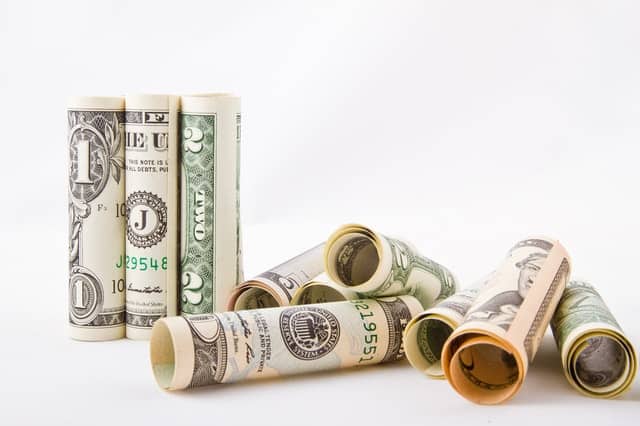How Businesses Can Make the Most of VAT to Save Costs
In this summary, we will look at what VAT is and how businesses can reclaim it to save on costs.
For all businesses, keeping costs low while maximizing profits is the only way to succeed, especially in this ever-changing business environment. While that may sound like the most obvious thing you have ever heard, according to a survey carried out by Ernst & Young, most businesses are not doing all it takes.
For instance, both small and large businesses are losing huge sums of money due to failure to smartly use their VAT reclaim capabilities. This is as a result of businesses failing to trace, report fully and reclaim these taxes legitimately.
RELATED ARTICLE: WHAT TRIGGERS A TAX INVESTIGATION INTO YOUR BUSINESS?
What Is VAT?
VAT is an acronym for Value Added Tax. It is a type of indirect sales tax levied on goods and services to represent the addition of value to a basic product. Value addition occurs as the basic product moves down the chain from the supplier to the next buyer.
As a result, as the product moves from the manufacturer to the supplier, retailer and finally the consumer, this tax is paid and collected.
It is different from a normal sales tax, which is usually paid only once when the item is sold. Ultimately, however, the burden of paying these taxes rests on the shoulders of the consumer. This is because any business along this chain can reclaim these taxes from the government. That is the heart of the matter.
By tracking, recording and legitimately filing for VAT reclamation, businesses can save up to 25% of their costs. Here are some tips that can save your business some money and make you more competitive in the market.
Pick the VAT Scheme That Suits Your Business
Besides the standard VAT scheme in the UK, there are numerous types of schemes, some of which may suit your business better.
For example, using the Cash Accounting scheme, companies have the leeway to only account for VAT once they have received payment for any invoices. This can help your business maintain a healthy cash flow.
Keep Precise Records
In order to legitimately reclaim your VAT, you will need all copies of your invoices, receipts, expenses and the necessary calculations.
Use an automated system that can keep track of all these important documents. In this way, you will make sure that your quarterly return is always accurate. Also, in case you are ever the subject of an enquiry concerning your returns, it will be easy to clear anything out.
To make a claim, go online and log into your business’s HMRC account. Here, you can see if the government owes you any refunds. You should get a refund within 10 days of submitting your VAT returns online.
Clear Any Liabilities Early
Penalties applied on VAT returns can be quite steep. For example, if you miss the deadline for the first time, you will not be charged. However, with each following default, the percentage charged to your account will increase dramatically.
By following some simple steps, however, you can save your business huge costs by reclaiming your VAT. If your business is not filing for VAT reclaim already, the best option would be to hire a specialist. They can take care of it for you, as you focus on running your business.

